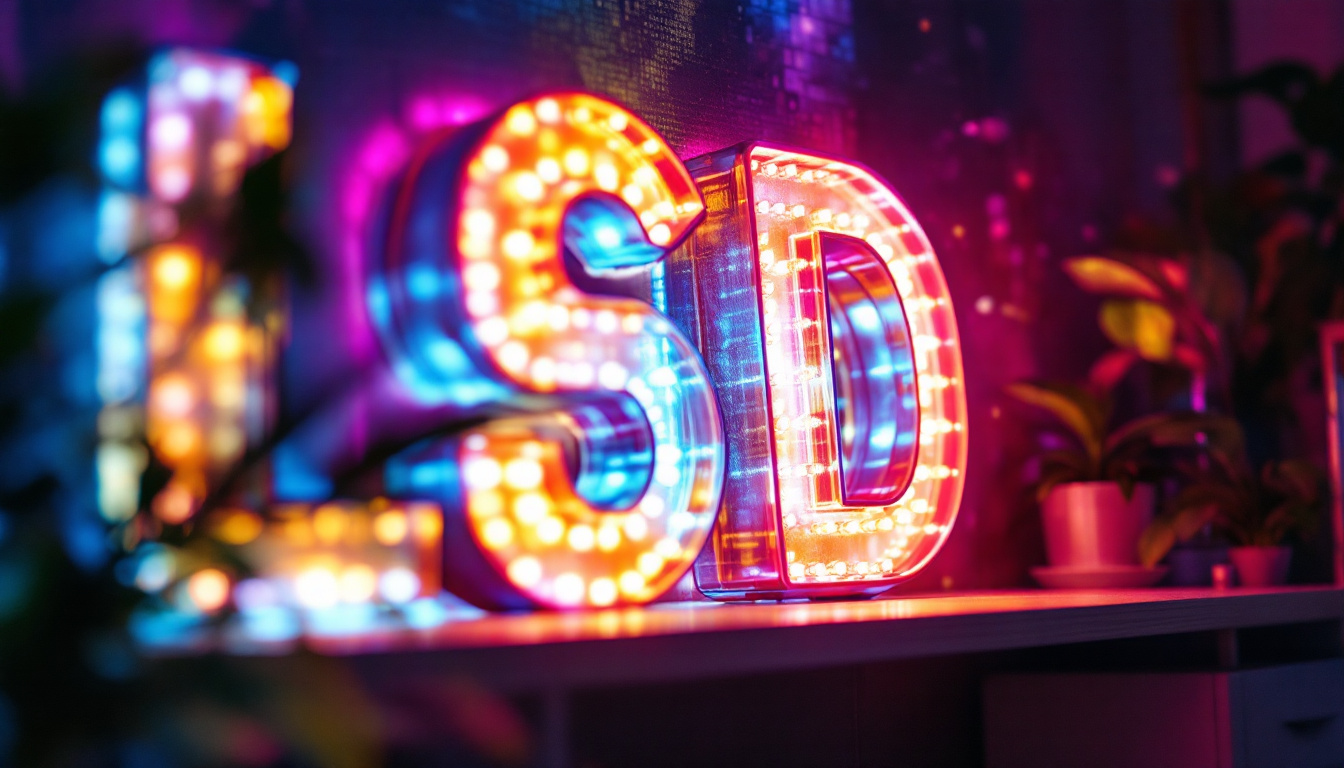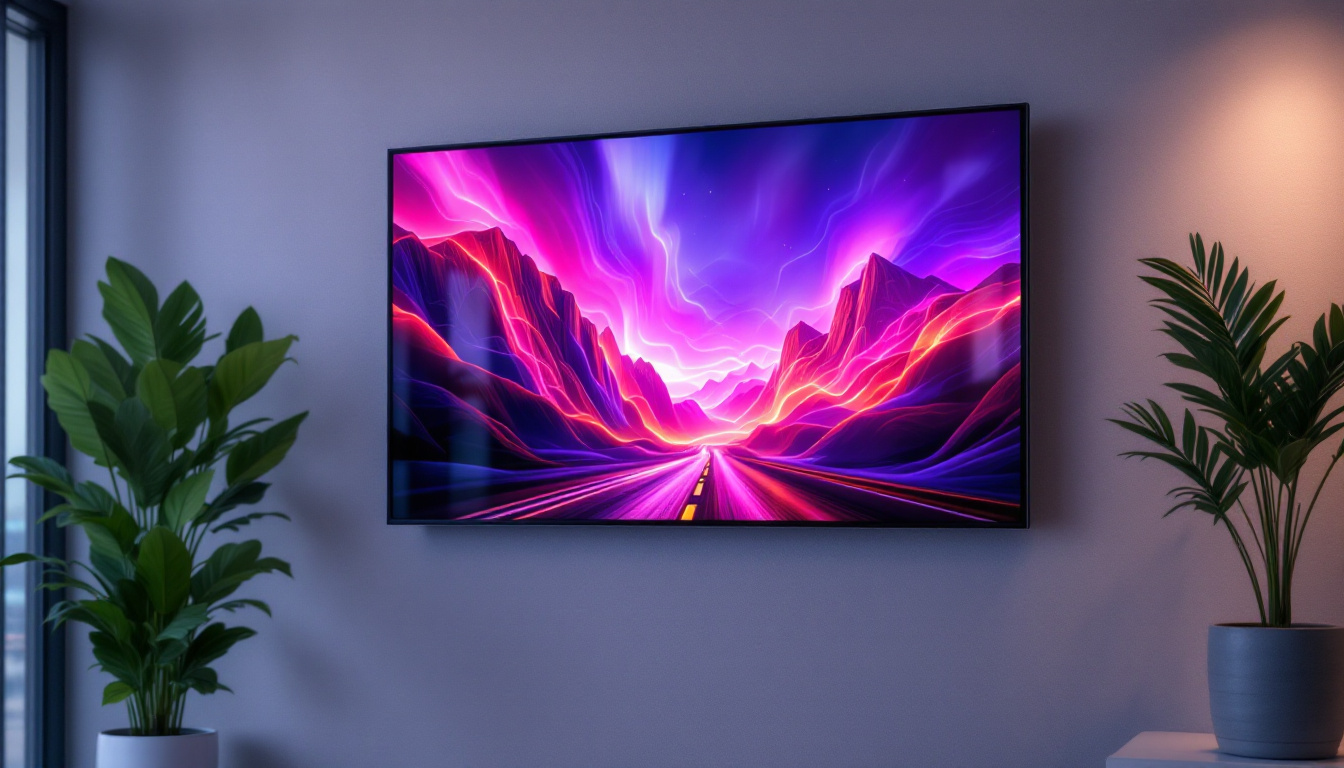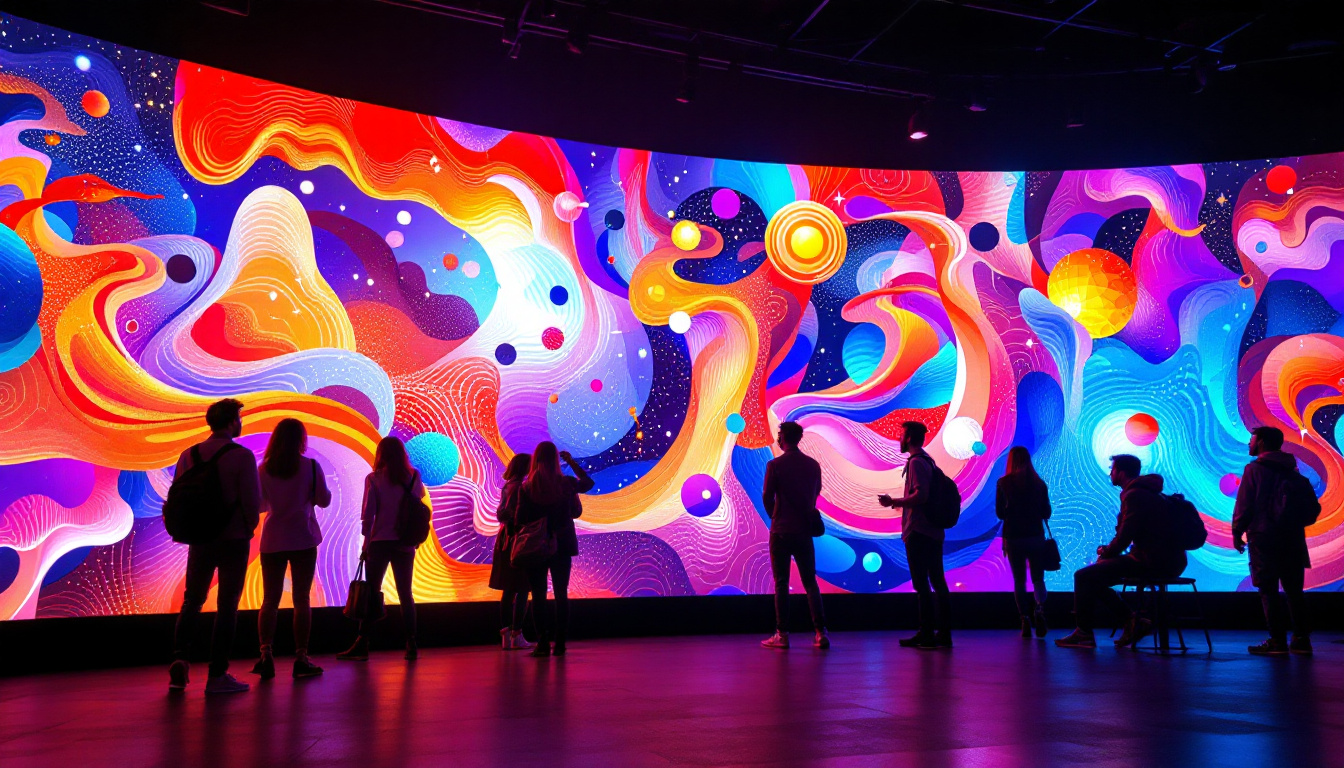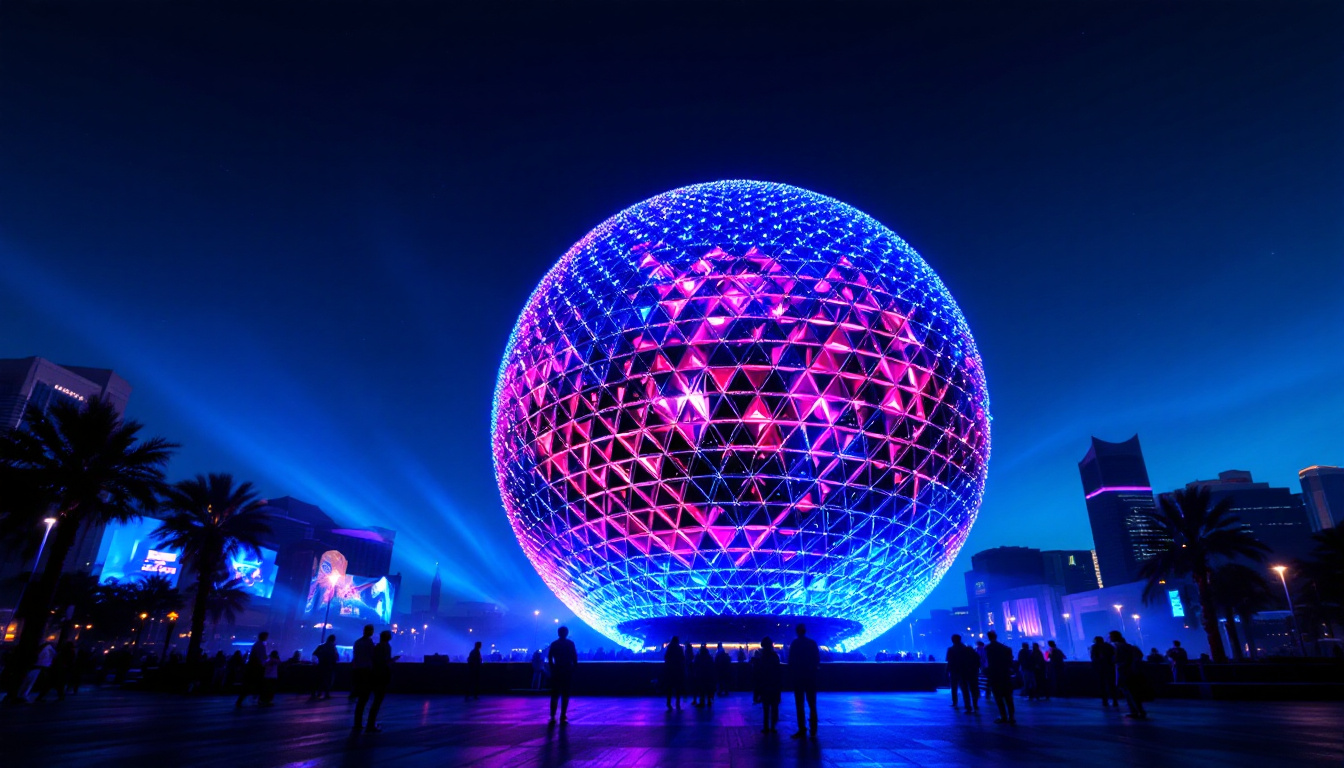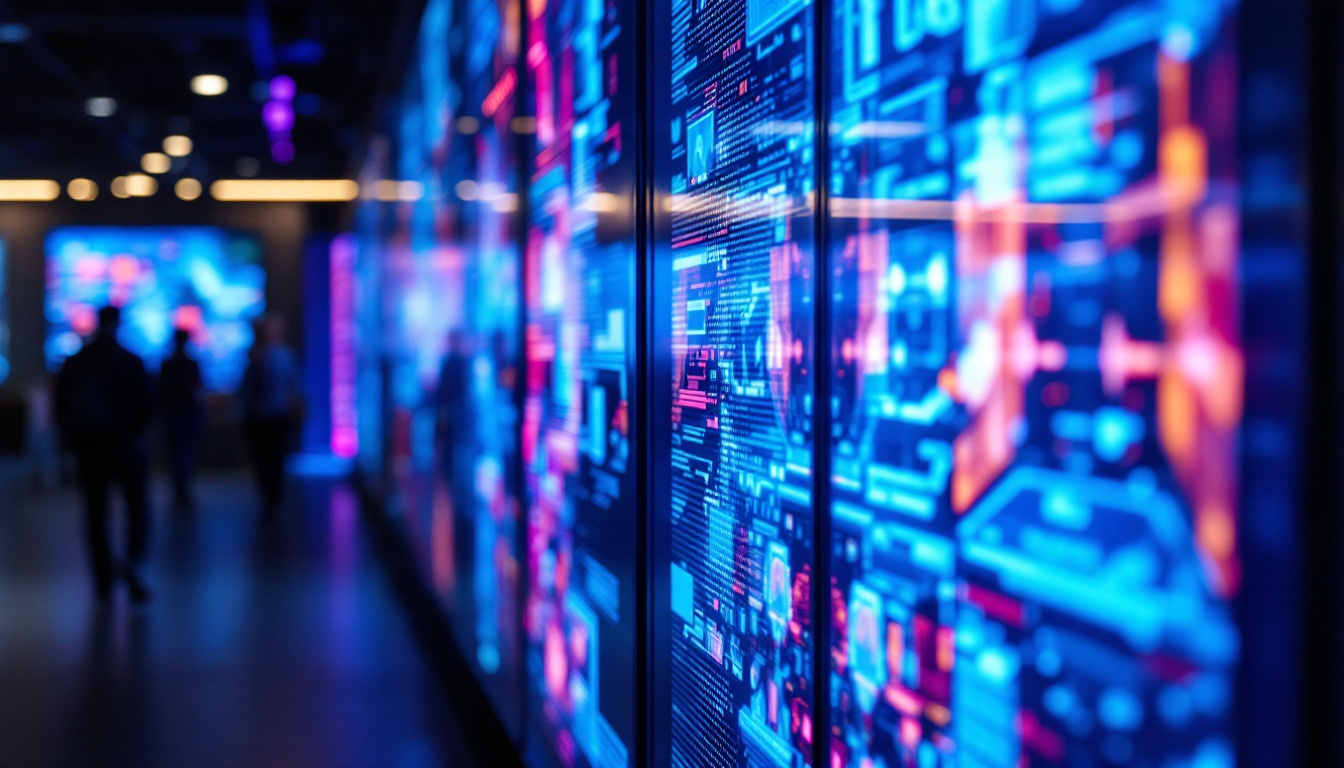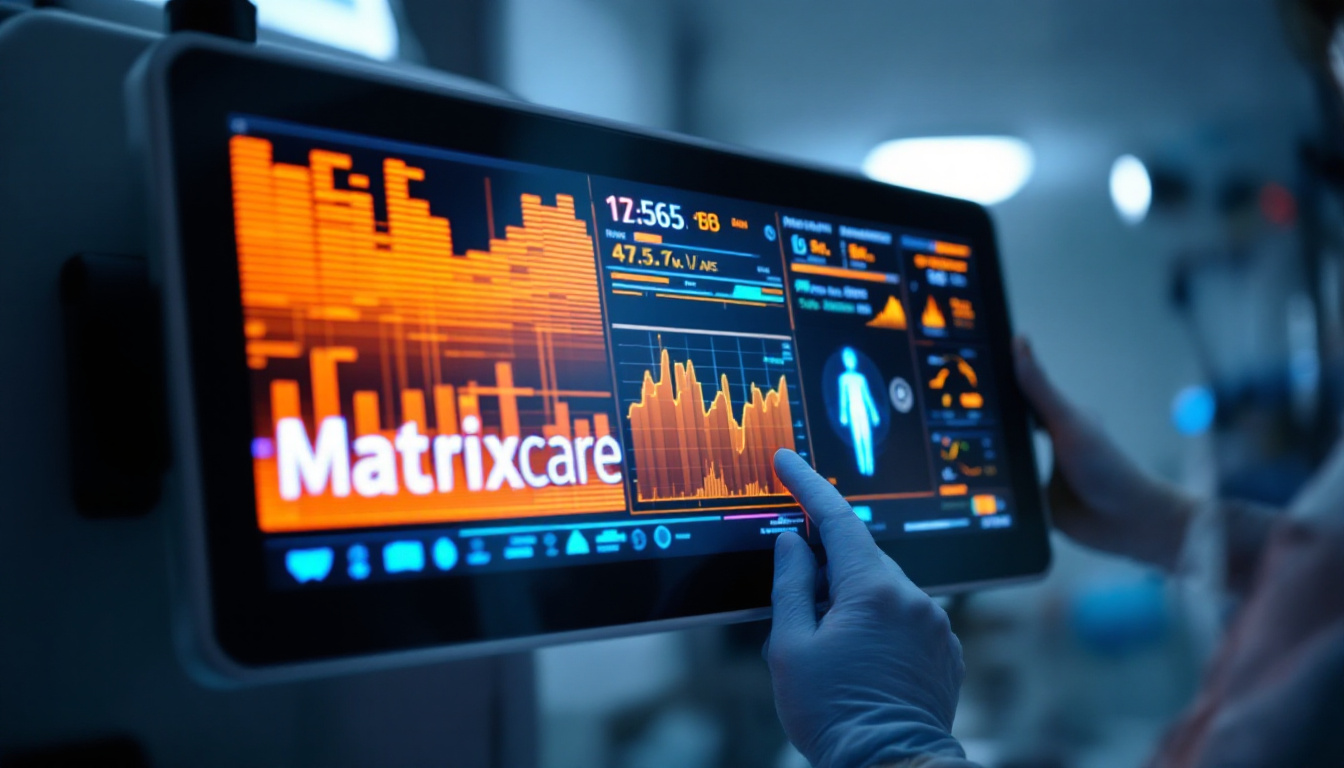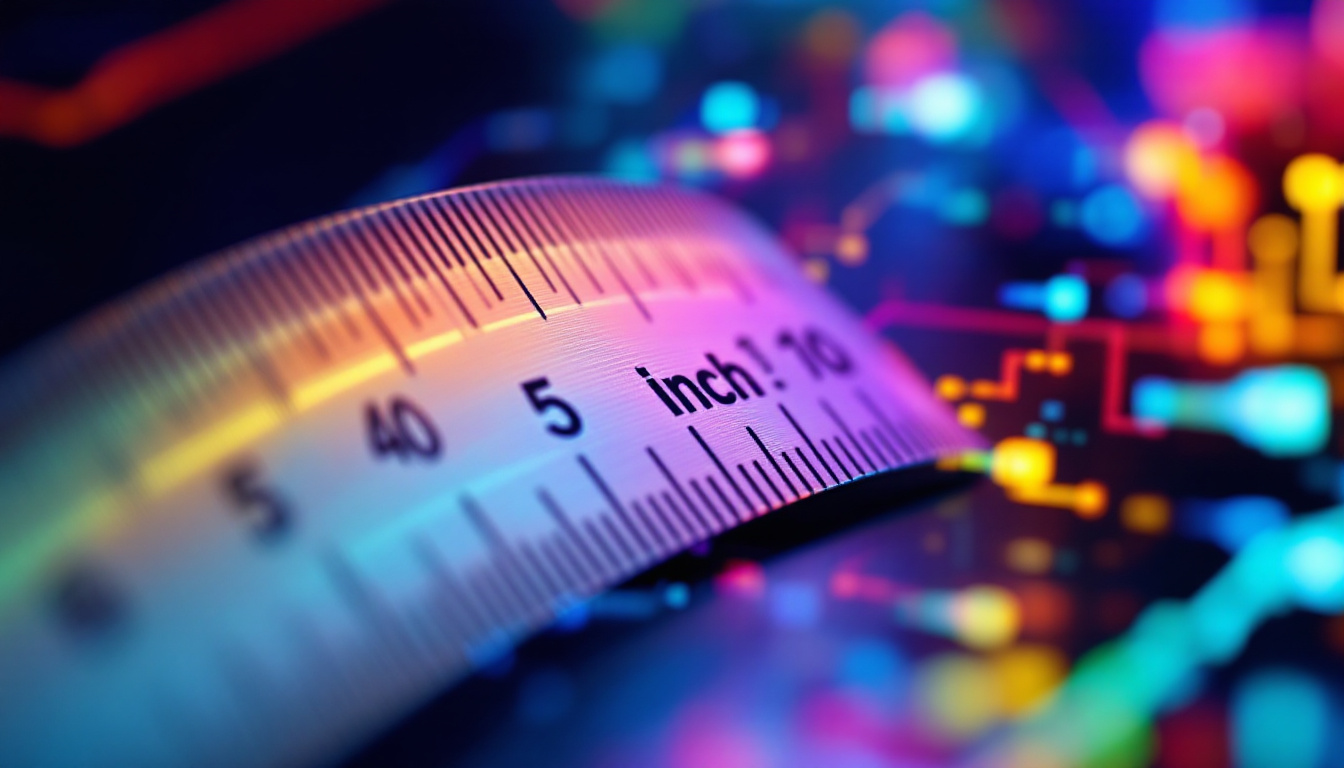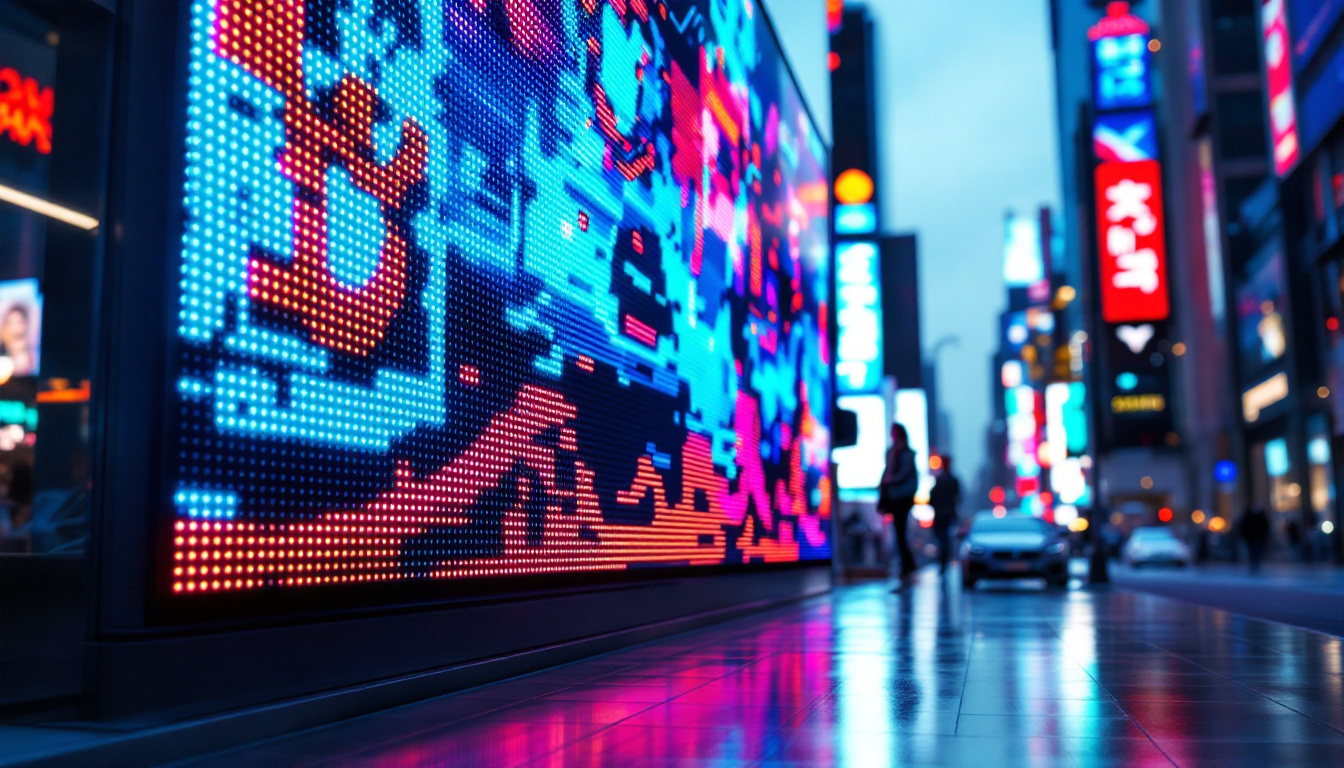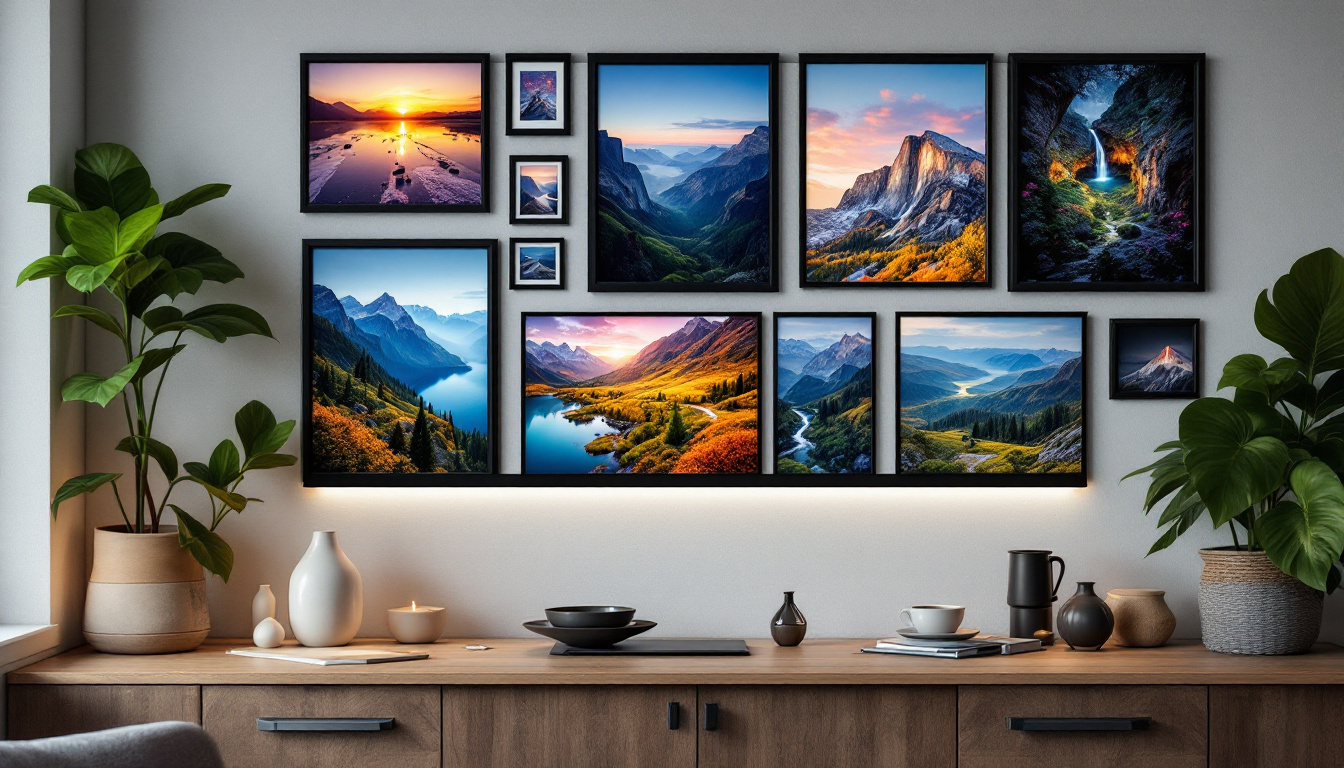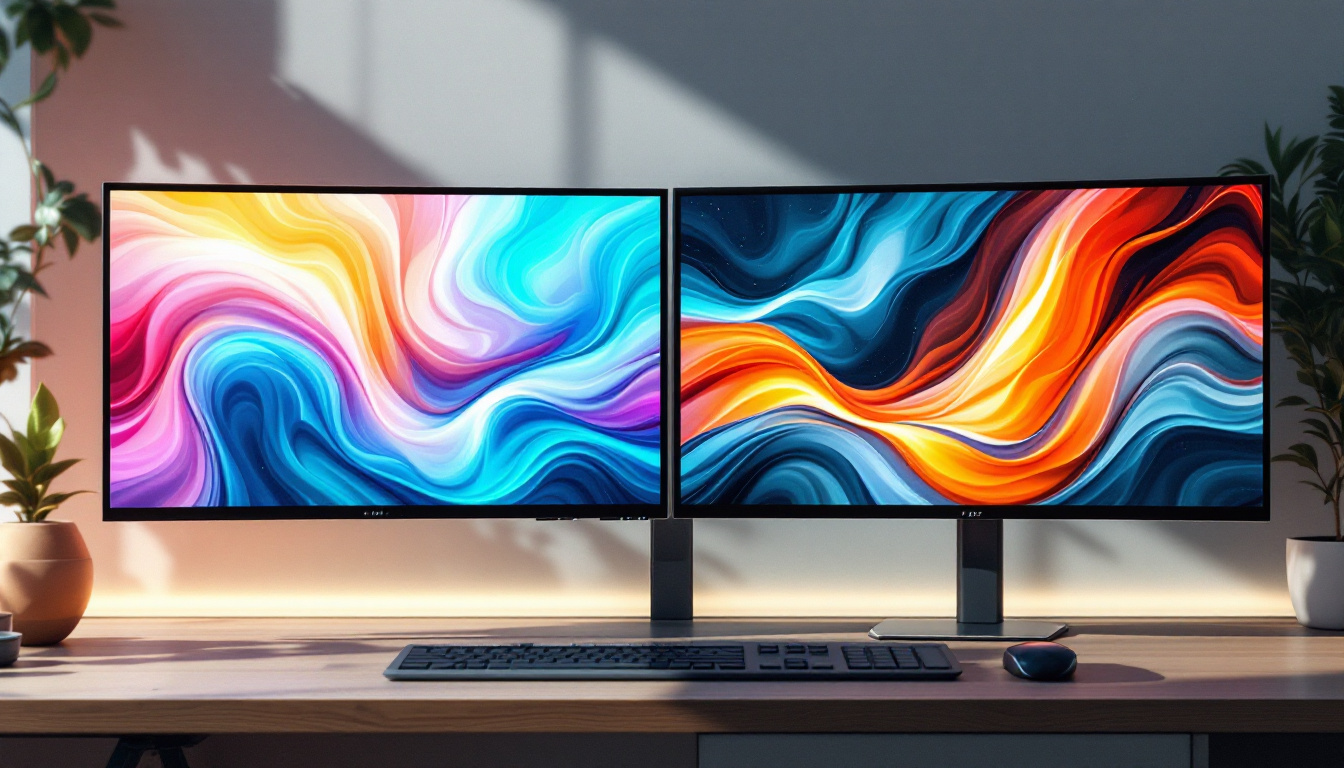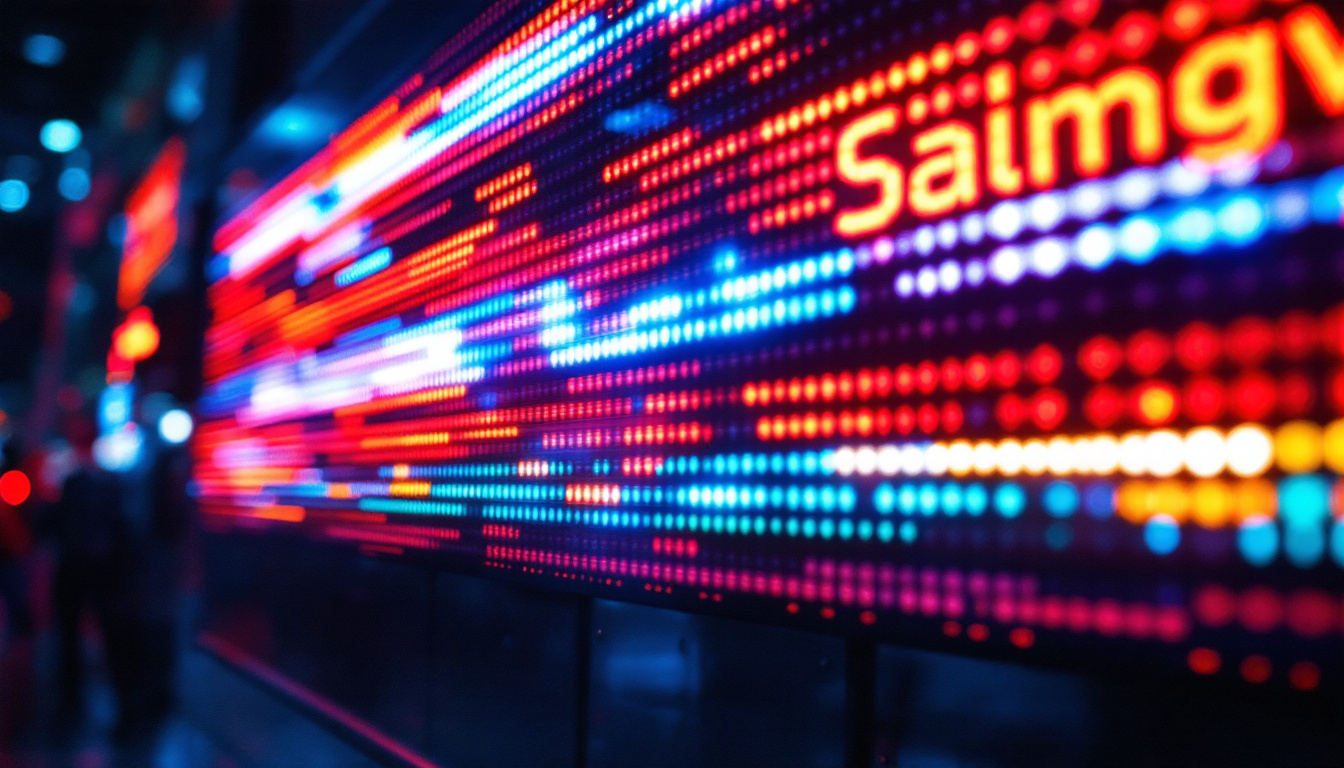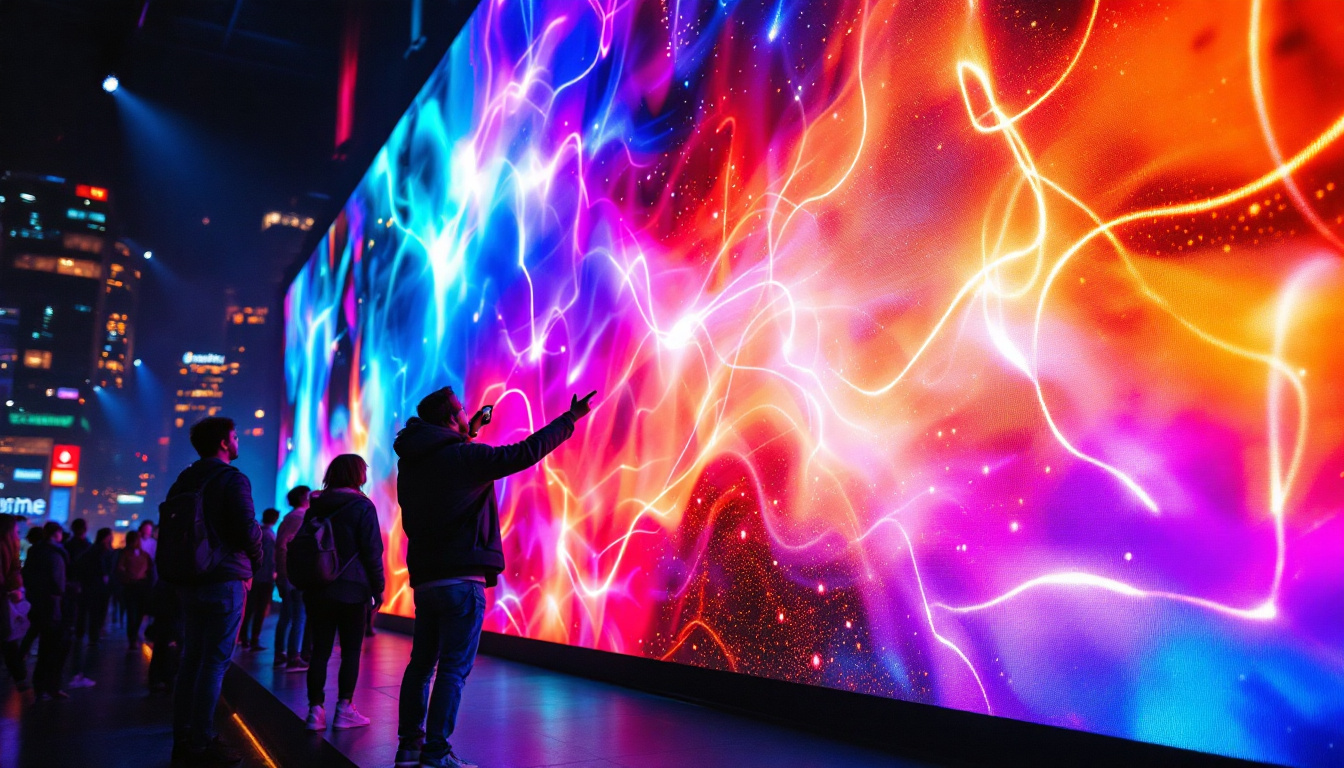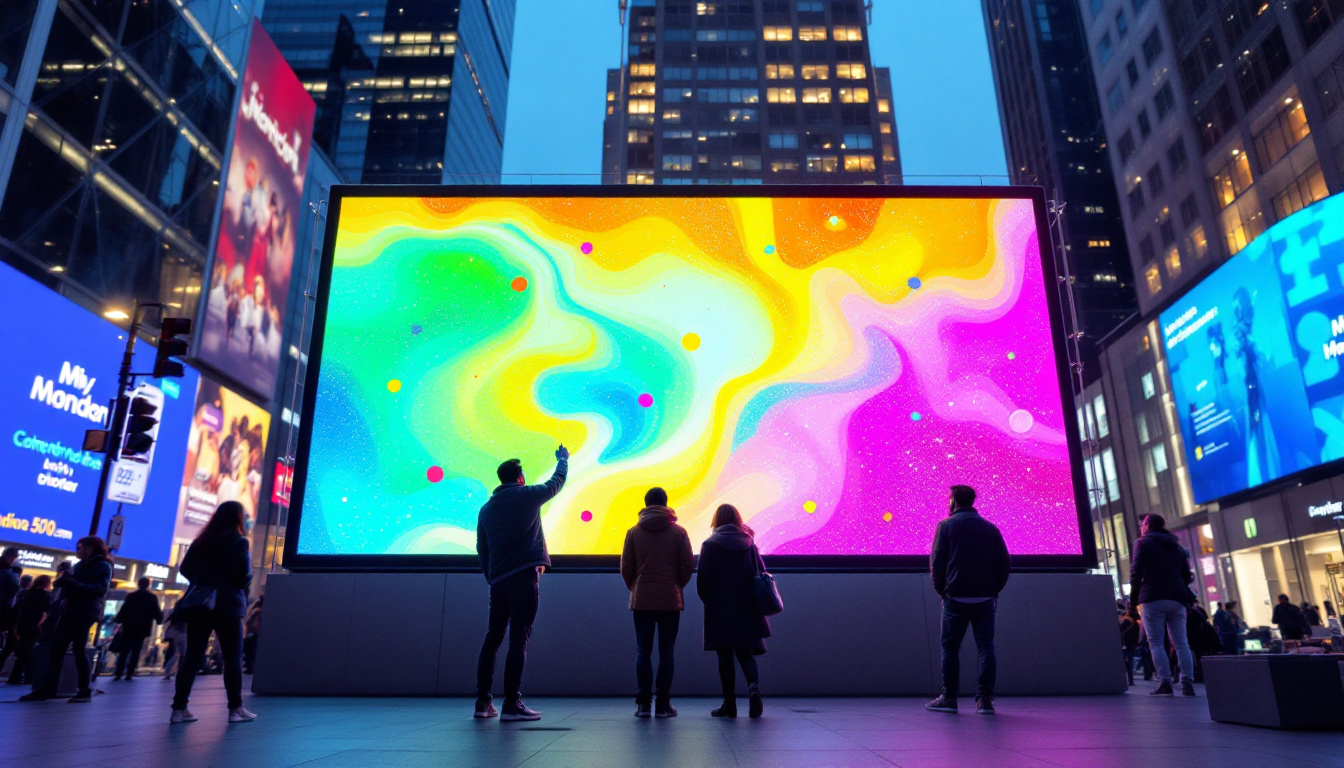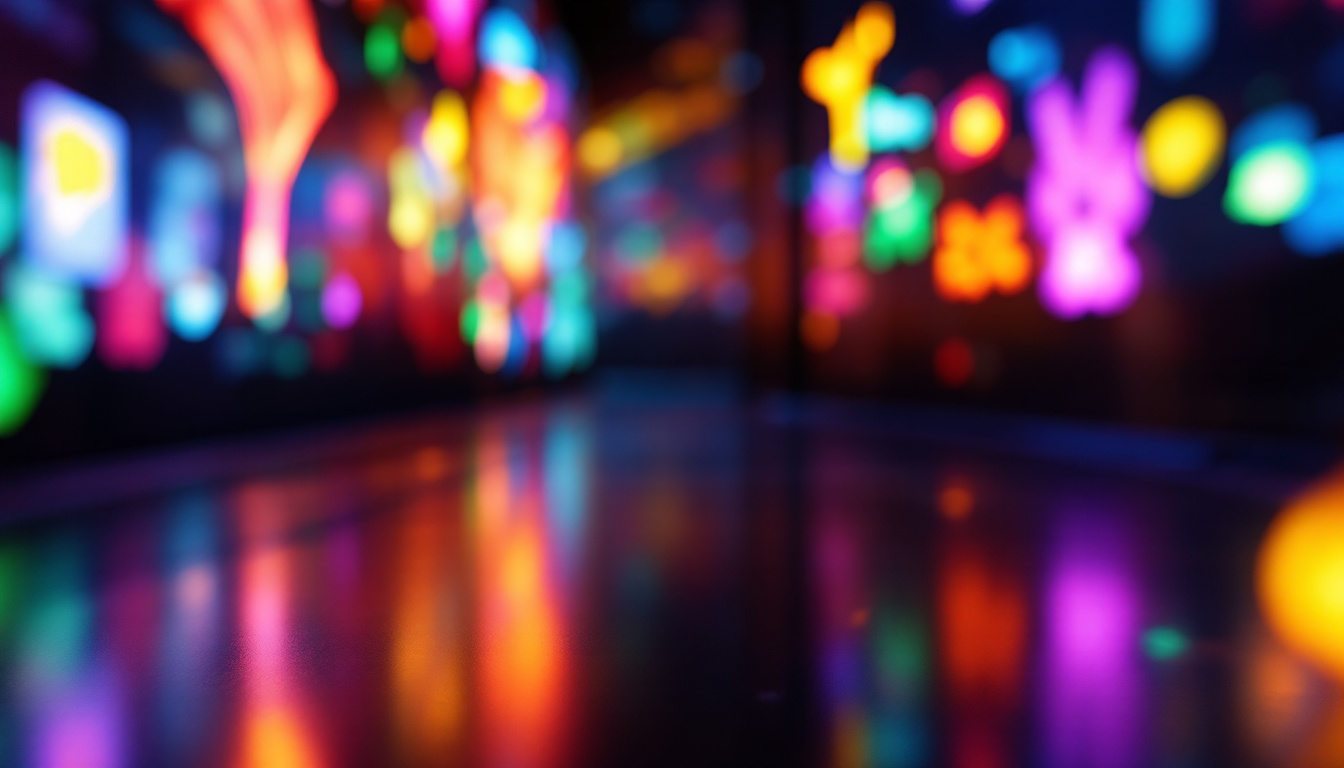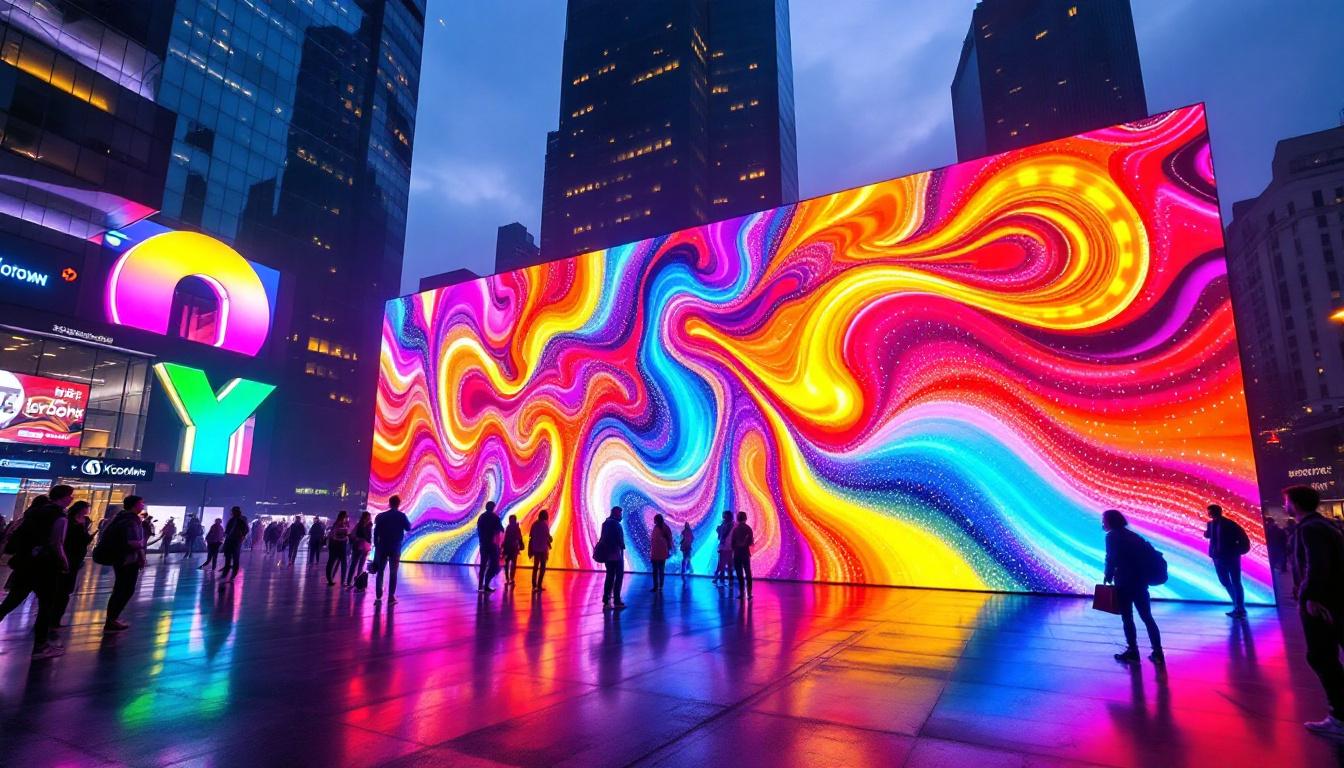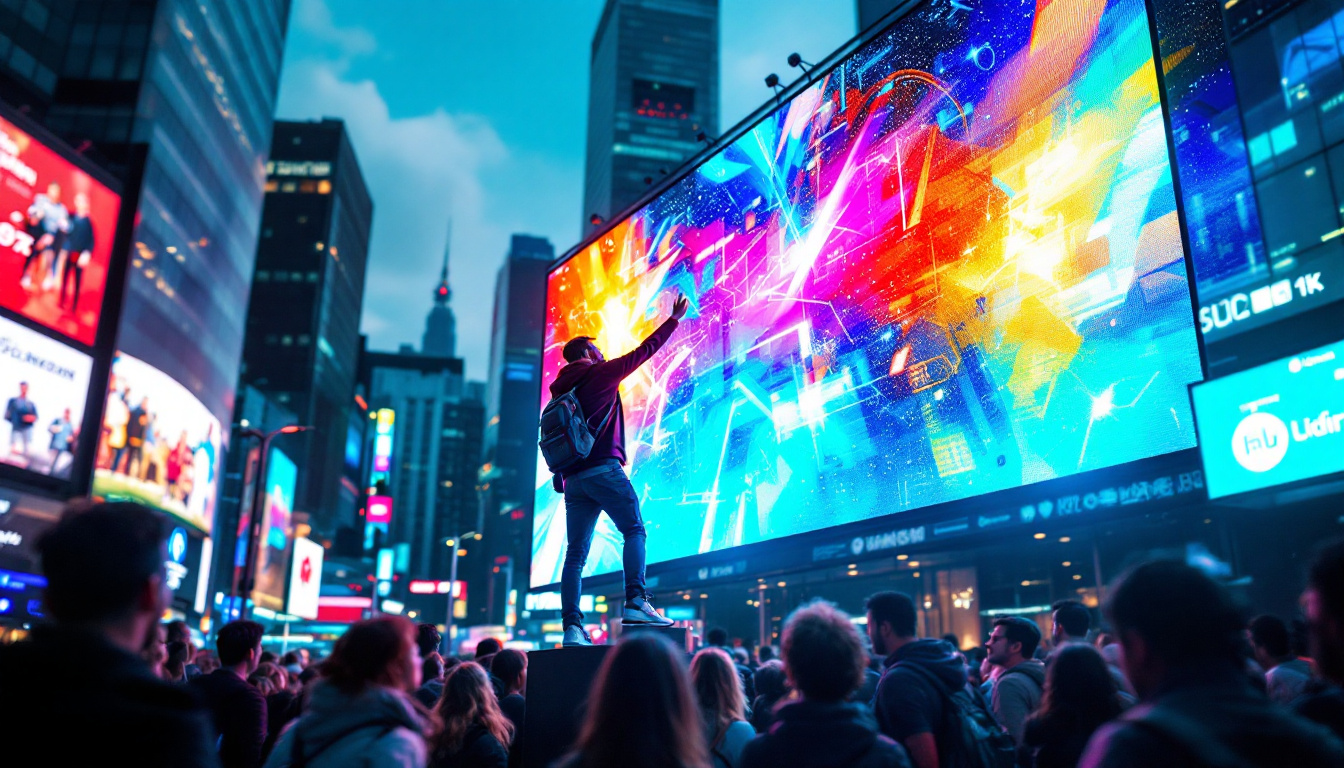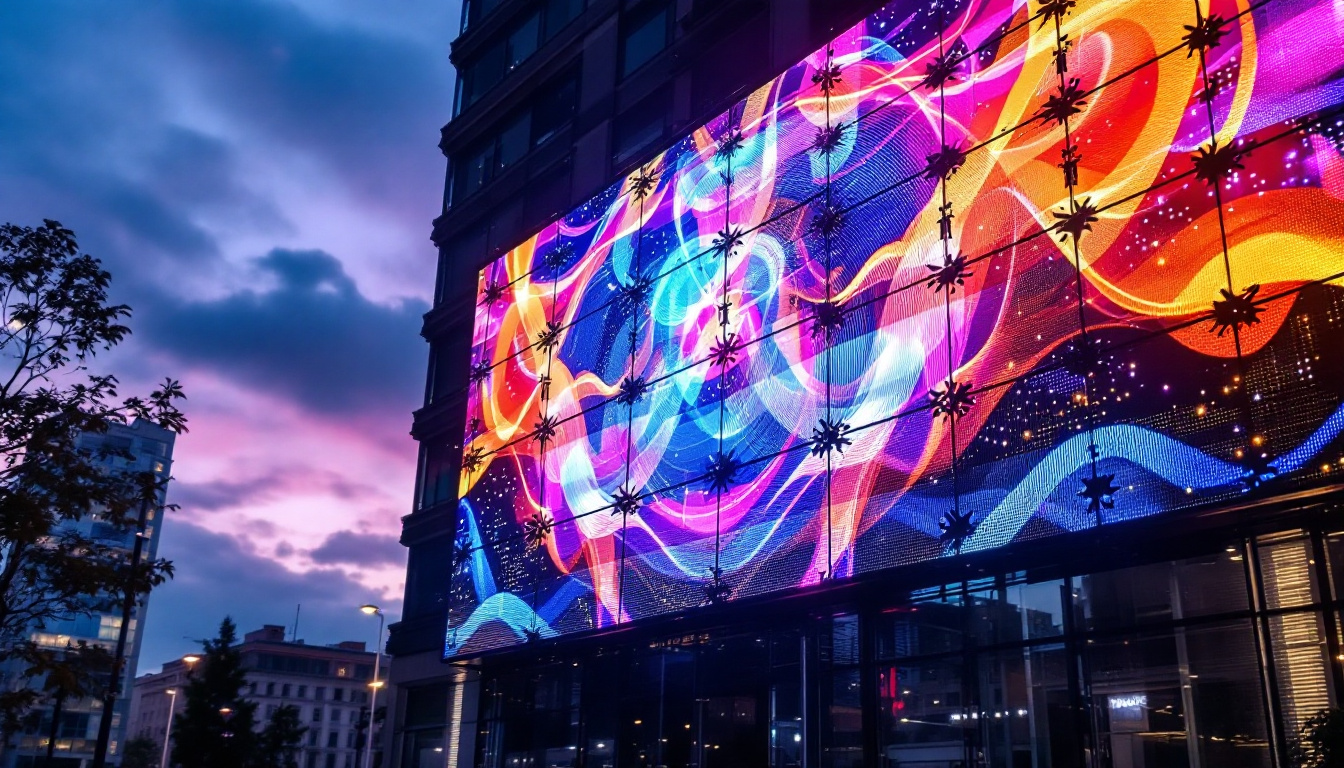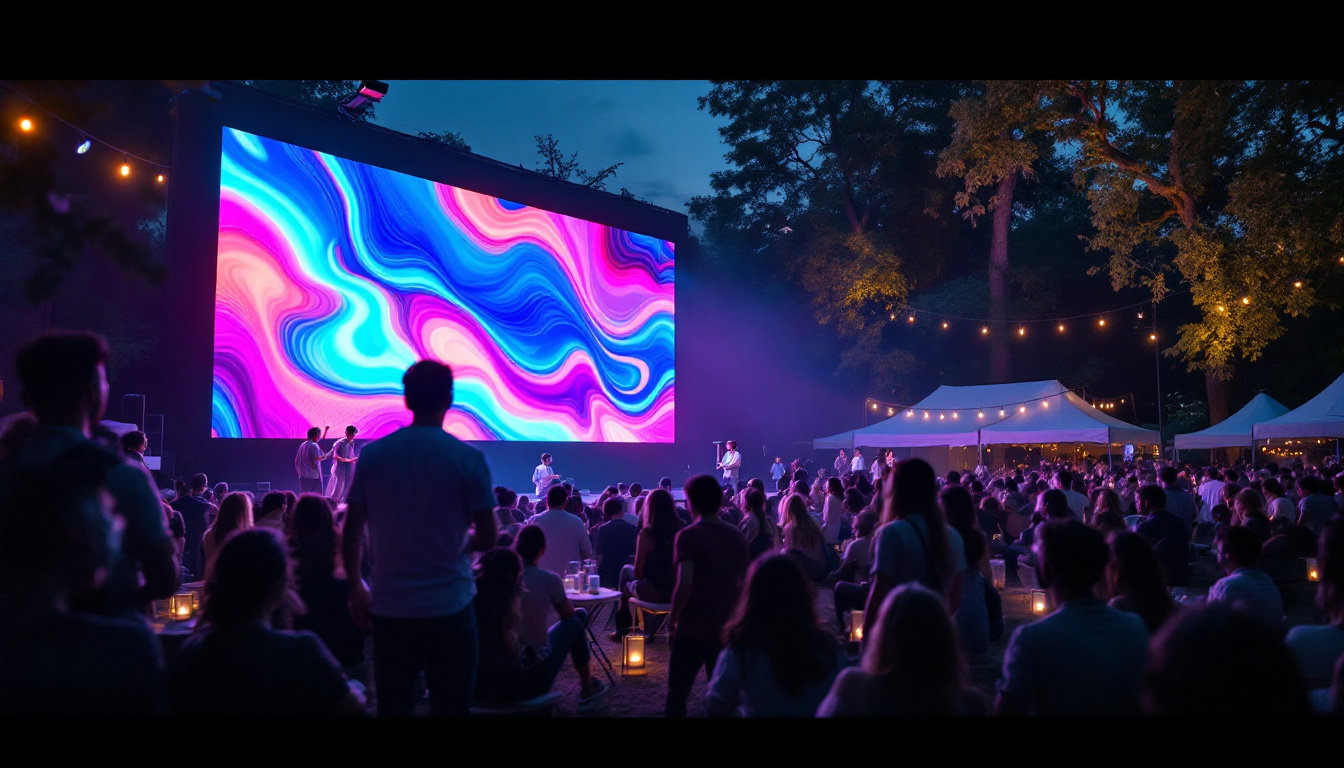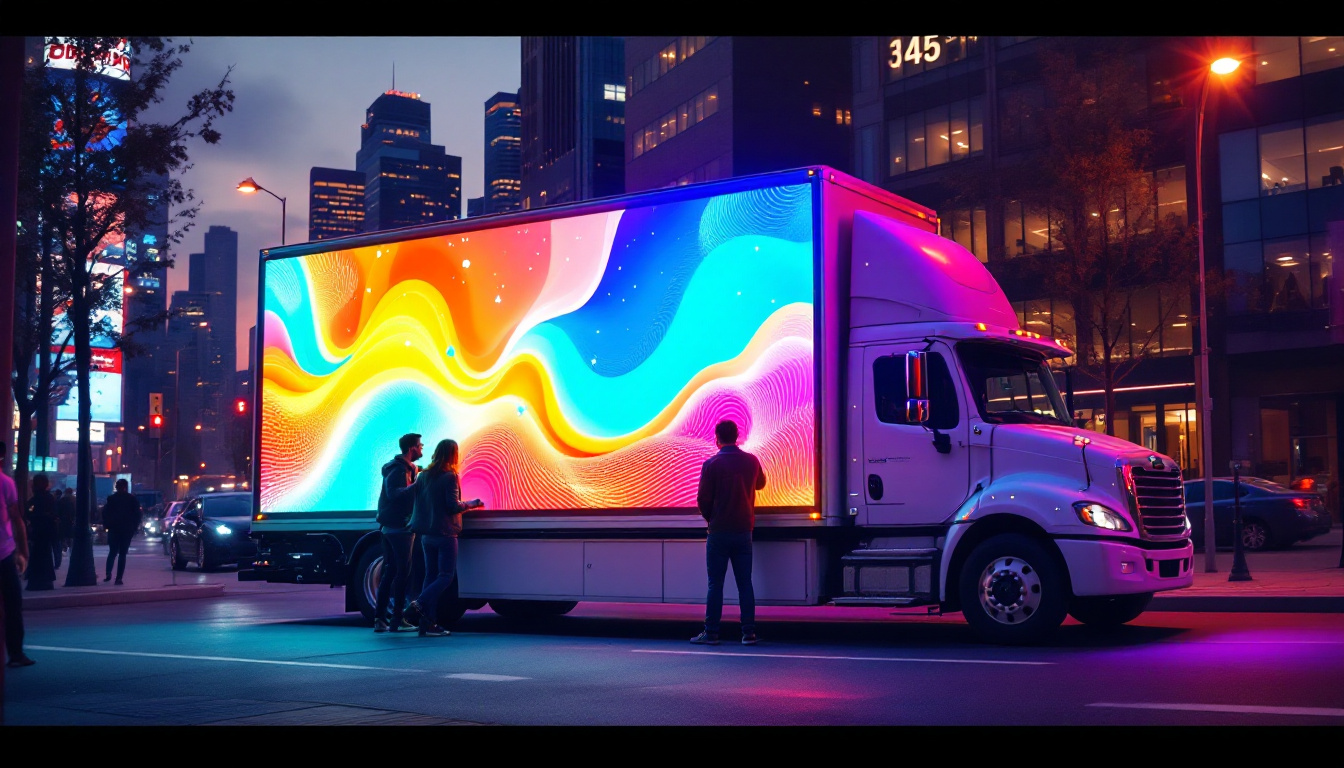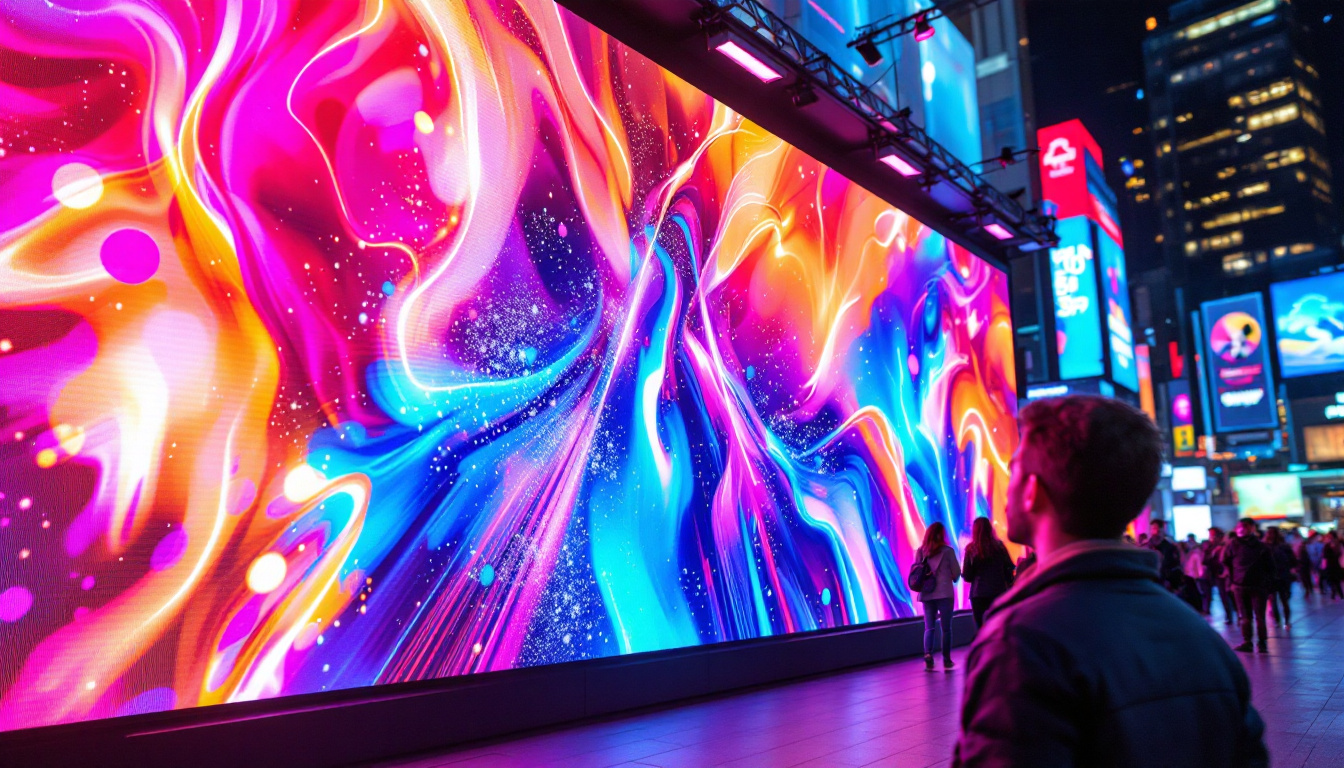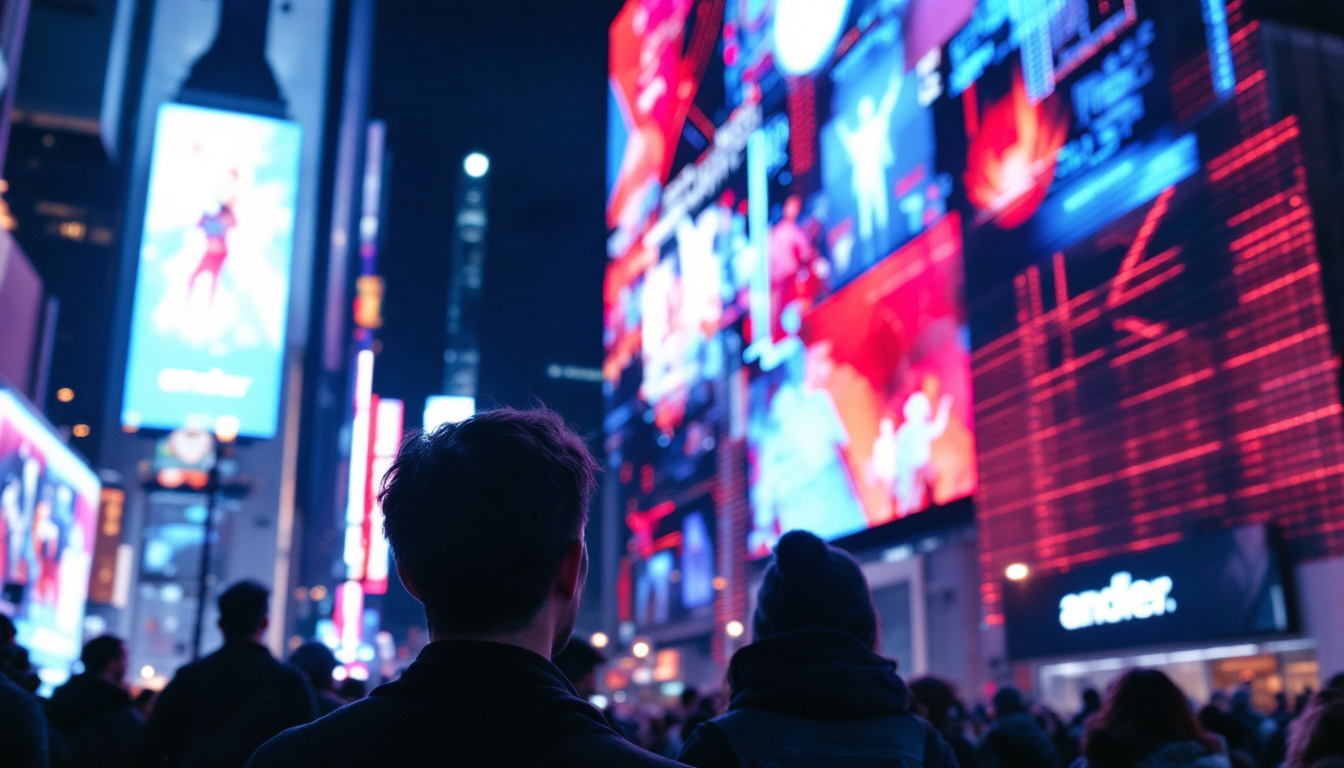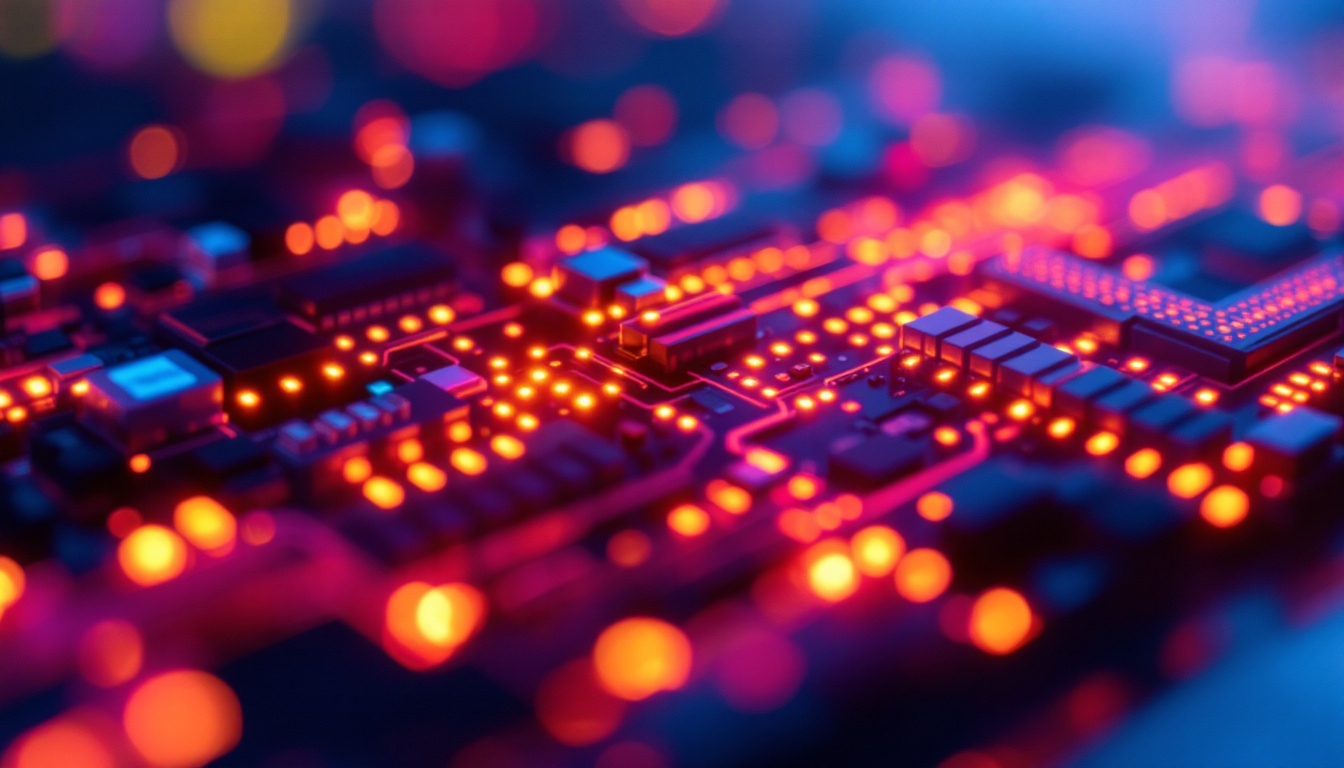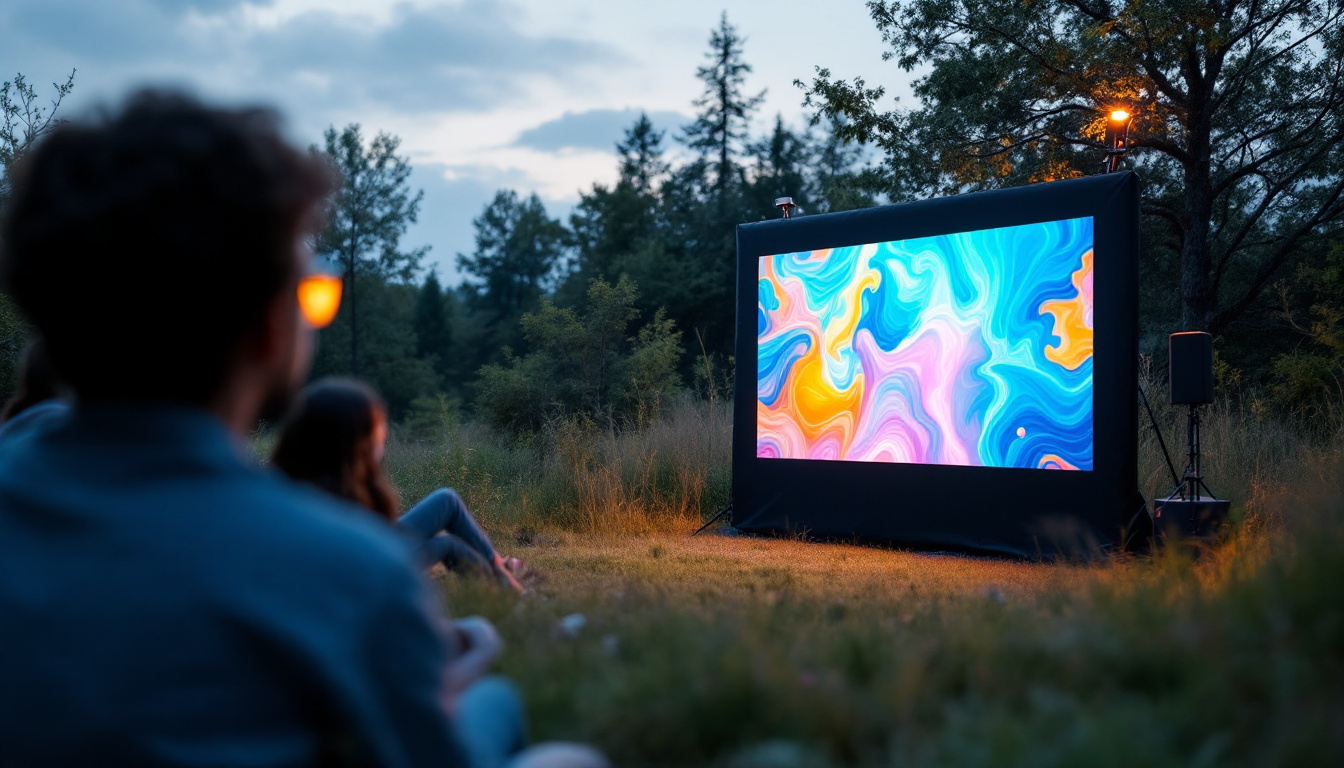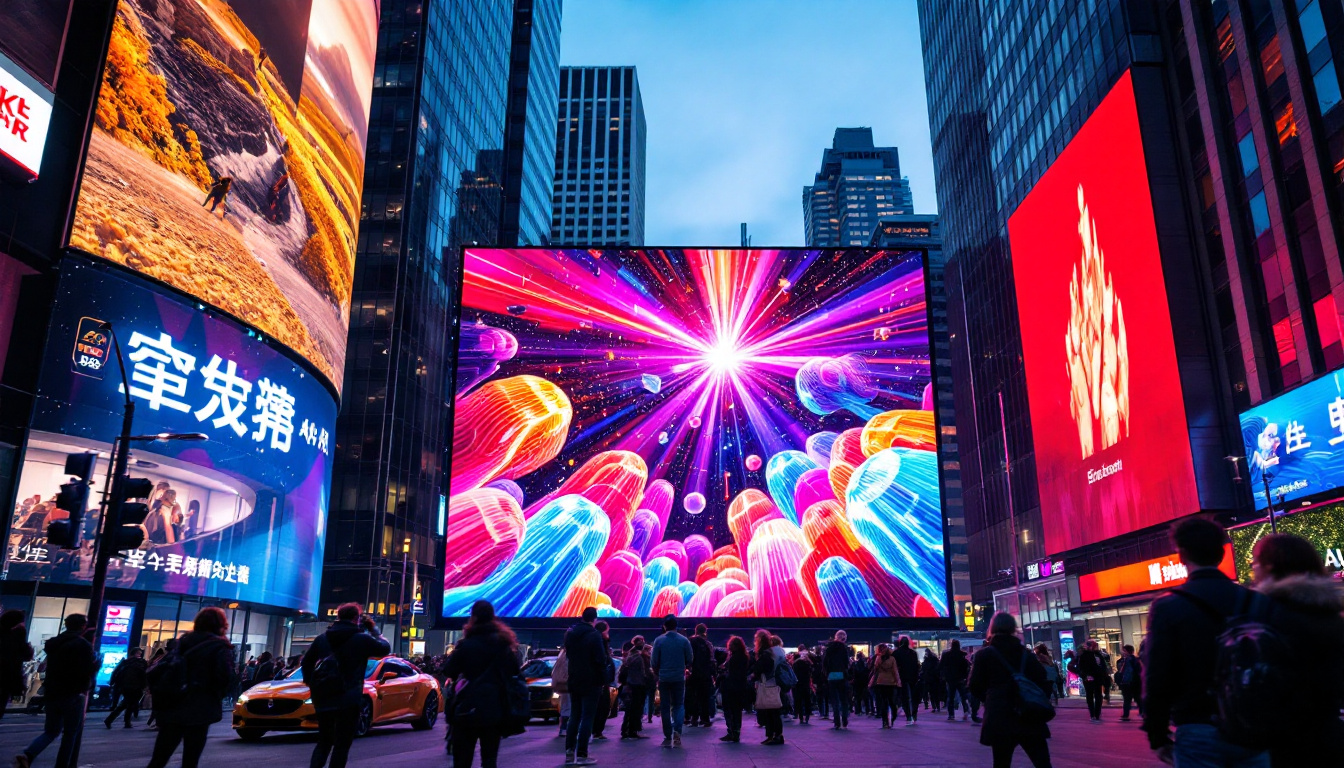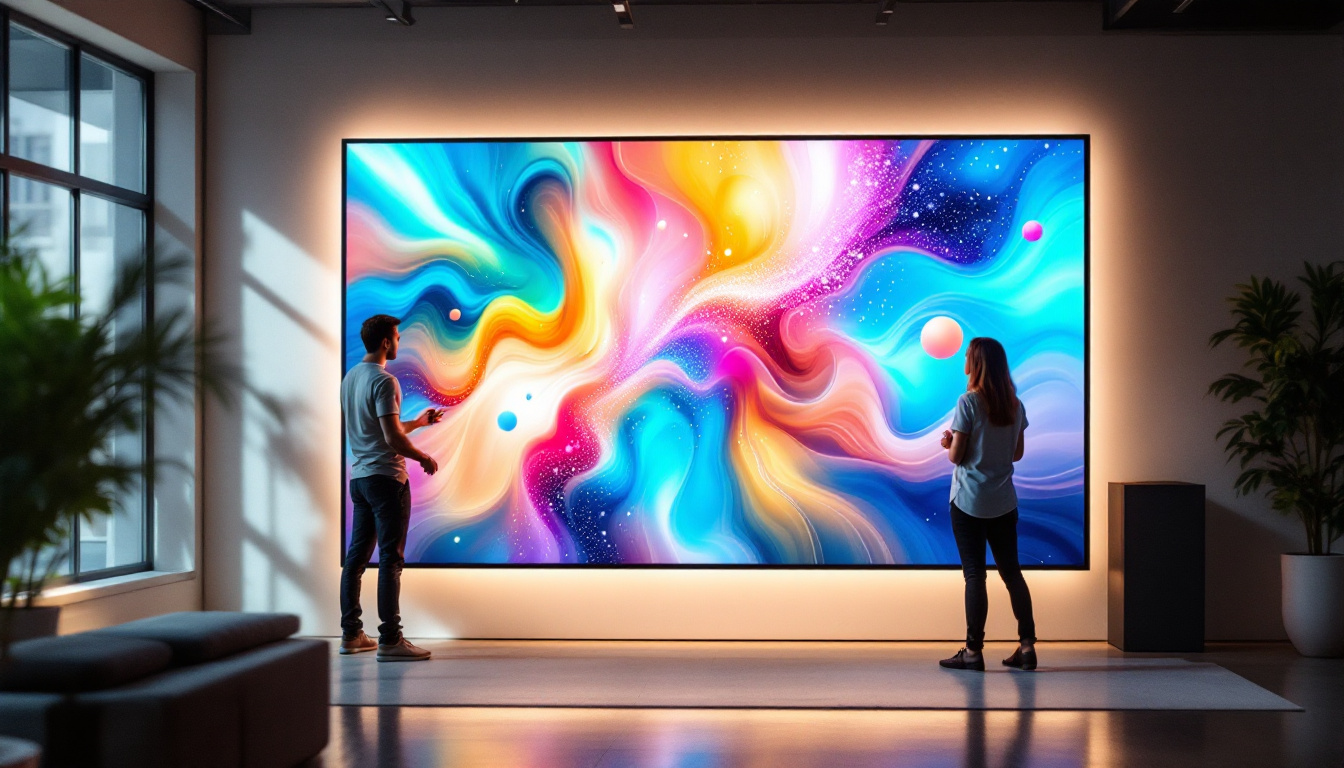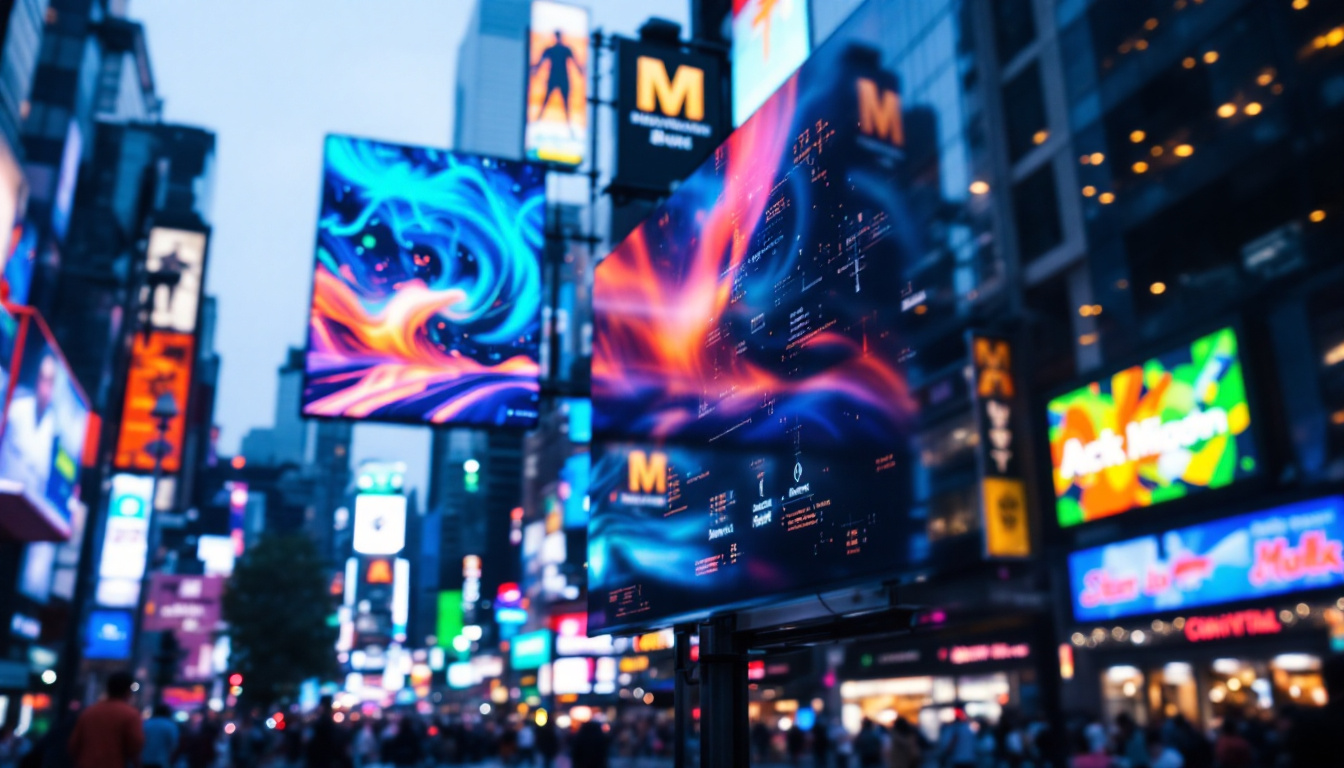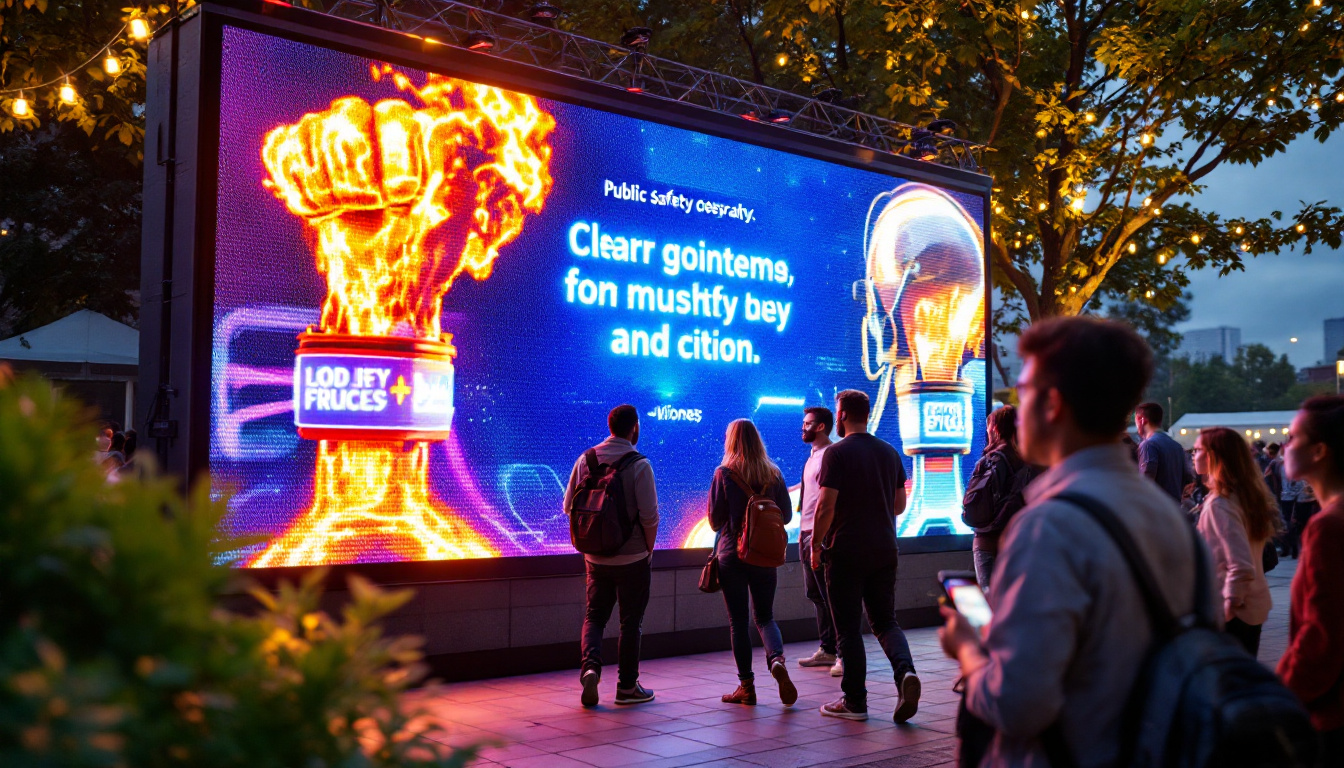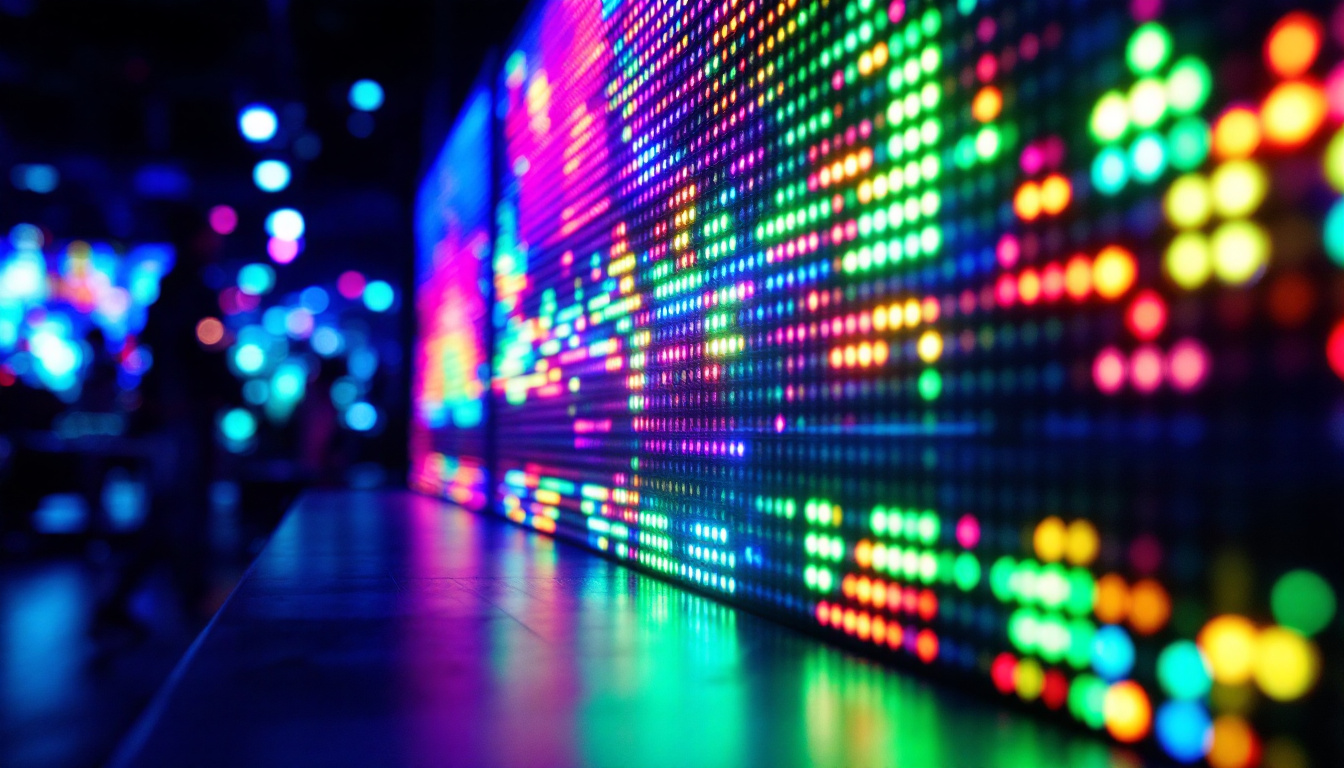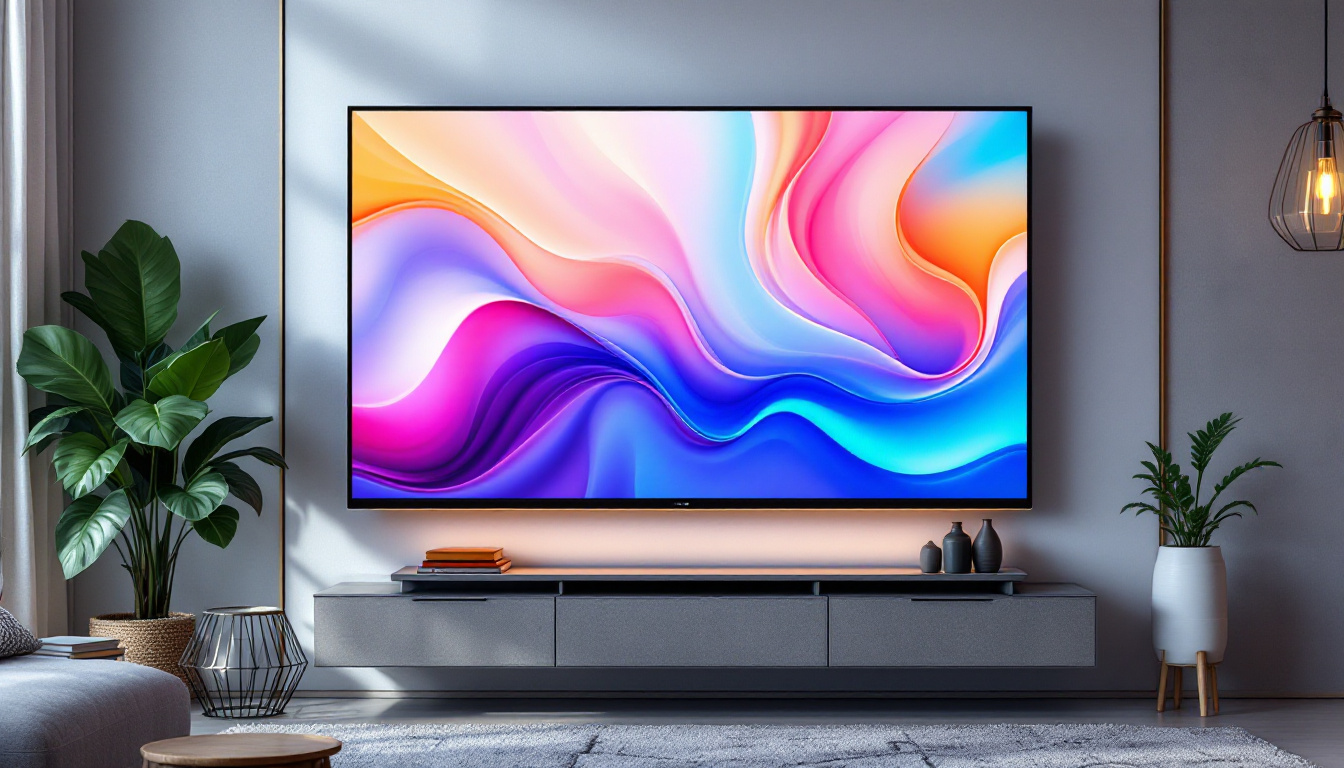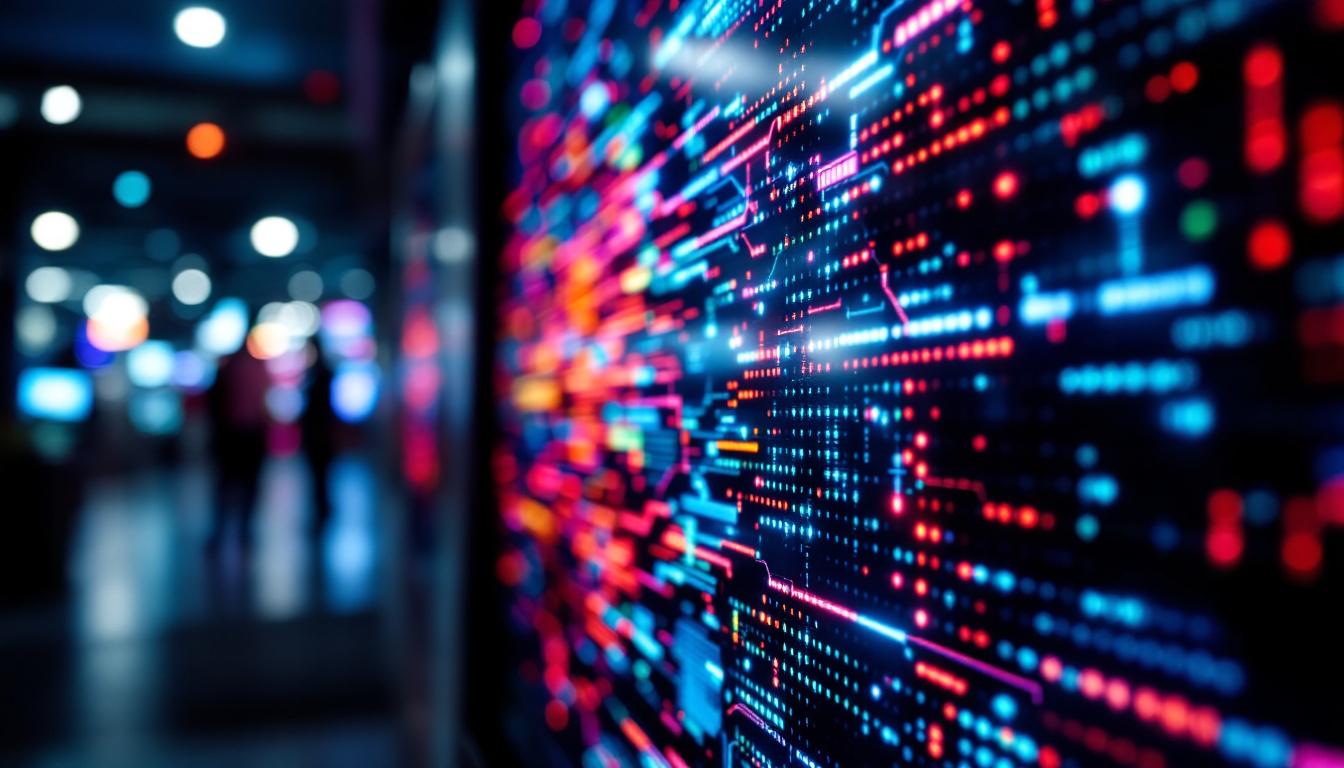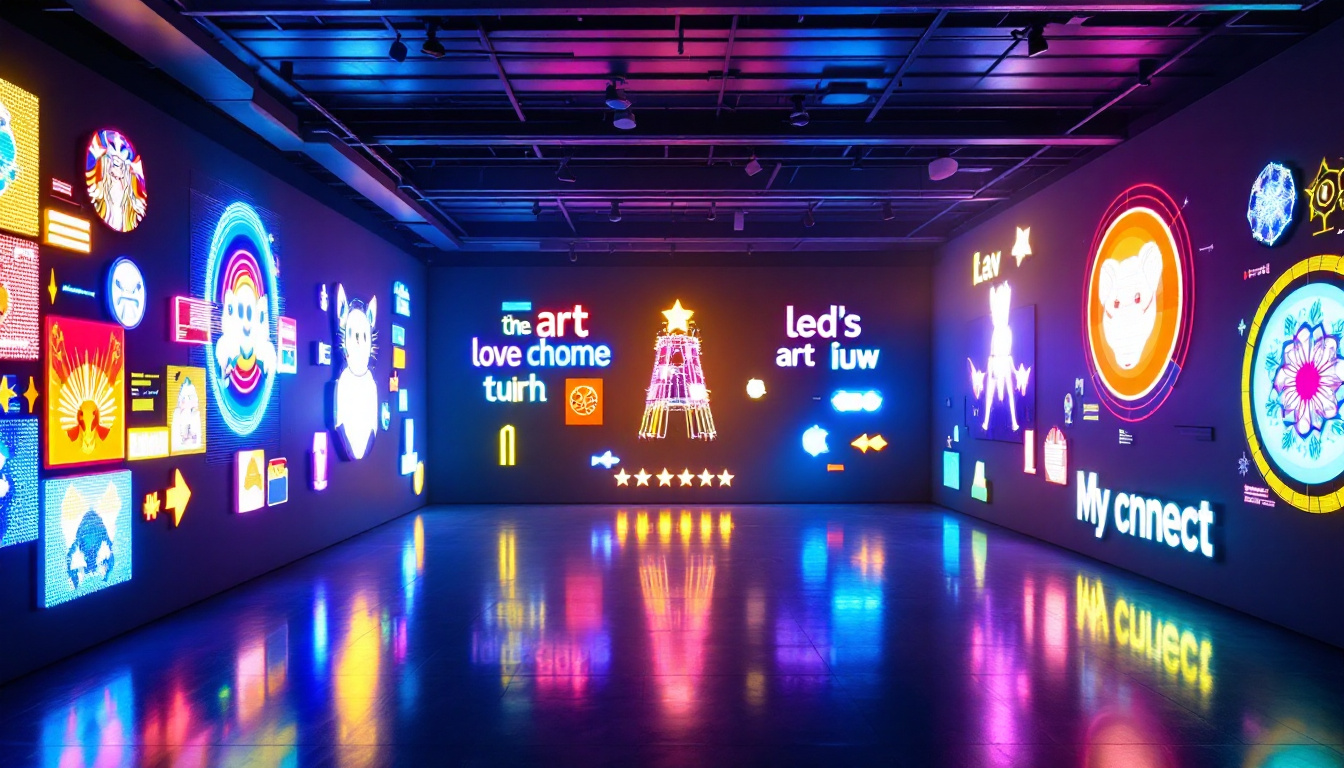In the realm of modern advertising and interior design, the integration of technology and creativity has led to innovative solutions that capture attention and enhance aesthetics. One such innovation is the 3D printed LED sign, a remarkable fusion of print technology and lighting design. This article delves into the intricacies of LED displays, the benefits of 3D printing, and how these elements come together to create striking visual statements.
Understanding LED Displays
LED displays have revolutionized the way information is presented, whether in commercial settings, public spaces, or personal environments. These displays utilize light-emitting diodes (LEDs) to create vibrant images and text, offering clarity and brightness that surpasses traditional signage methods. The ability to produce bright and colorful visuals has made LED displays a preferred choice for advertisers and businesses looking to capture attention in a crowded marketplace.
What Are LEDs?
Light-emitting diodes (LEDs) are semiconductor devices that emit light when an electric current passes through them. Unlike incandescent bulbs, which produce light through heat, LEDs are energy-efficient and have a longer lifespan. This efficiency makes them an ideal choice for signage, where visibility and durability are paramount. Additionally, LEDs are available in various colors and can be combined to create a spectrum of hues, allowing for intricate designs and effects that enhance visual communication.
Types of LED Displays
LED displays come in various forms, each serving different purposes. There are single-color displays, which are often used for simple text, and full-color displays that can showcase images and videos. Additionally, LED displays can be categorized based on their pixel pitch, which determines the resolution and clarity of the image. The smaller the pixel pitch, the higher the resolution, making it suitable for closer viewing distances. For instance, a pixel pitch of 2mm is ideal for indoor environments where viewers are close to the display, while a larger pitch may be more appropriate for outdoor billboards viewed from a distance.
Applications of LED Displays
The versatility of LED displays allows them to be used in numerous applications. From large outdoor billboards to indoor digital signage in retail stores, the possibilities are endless. They are also prevalent in events and exhibitions, where dynamic content can be showcased to engage audiences effectively. Furthermore, LED displays are increasingly being utilized in art installations, merging technology with creativity. In sports arenas, LED screens are used to display live game footage, instant replays, and advertisements, enhancing the spectator experience. Moreover, transportation hubs like airports and train stations employ LED displays for real-time information, ensuring travelers are kept informed about arrivals and departures.
In addition to traditional uses, LED technology is also making strides in the realm of smart cities. Integrated into urban infrastructure, LED displays can provide vital information to citizens, such as emergency alerts, public service announcements, and traffic updates. This adaptability not only improves communication but also enhances public safety and awareness. As technology continues to evolve, the integration of LED displays into everyday life is likely to expand, paving the way for innovative applications that blend functionality with aesthetic appeal.
The Advantages of 3D Printing
3D printing, also known as additive manufacturing, has transformed the production landscape by enabling the creation of complex shapes and designs that were previously unattainable with traditional manufacturing methods. This technology allows for rapid prototyping and customization, making it an attractive option for creating unique LED signs.
Customization and Design Flexibility
One of the most significant advantages of 3D printing is the ability to customize designs to meet specific needs. Whether it’s a unique shape, size, or intricate details, 3D printing can accommodate a wide range of design requirements. This flexibility enables businesses and individuals to create signage that reflects their brand identity and stands out in a crowded marketplace.
Cost-Effectiveness
While the initial investment in 3D printing technology can be substantial, the long-term cost savings are notable. Traditional manufacturing often involves high setup costs, especially for small production runs. In contrast, 3D printing allows for on-demand production, reducing waste and minimizing inventory costs. This efficiency is particularly beneficial for businesses looking to create bespoke signage without incurring excessive costs.
Rapid Prototyping
3D printing facilitates rapid prototyping, enabling designers to create and test their ideas quickly. This speed allows for iterative design processes, where adjustments can be made on the fly. For LED signs, this means that designers can experiment with different shapes and configurations, ensuring the final product meets both aesthetic and functional requirements.
Combining 3D Printing and LED Technology
The integration of 3D printing with LED technology opens up a world of possibilities for creating eye-catching signage. By leveraging the strengths of both technologies, designers can produce signs that are not only visually striking but also highly functional.
Designing 3D Printed LED Signs
When designing a 3D printed LED sign, several factors must be considered. The choice of materials is crucial, as they must be compatible with both the 3D printing process and the LED components. Common materials include PLA, ABS, and PETG, each offering different properties in terms of durability and finish.
Additionally, the design should account for the placement of LEDs within the sign. Proper spacing and positioning are essential to ensure even illumination and prevent hot spots or shadows. Designers often use software to simulate how the light will interact with the 3D printed structure, allowing for adjustments before the final print.
Illumination Techniques
There are various techniques for illuminating 3D printed signs with LEDs. One popular method is backlighting, where LEDs are placed behind the sign to create a halo effect. This technique enhances the visibility of the sign while adding depth to the design.
Another approach is edge lighting, where LEDs are positioned along the edges of the sign. This method is particularly effective for signs with translucent materials, allowing light to diffuse evenly across the surface. Designers often experiment with different lighting techniques to achieve the desired aesthetic and functional outcomes.
Case Studies of Successful 3D Printed LED Signs
Several businesses and artists have successfully implemented 3D printed LED signs, showcasing the potential of this technology. For instance, a popular café utilized a 3D printed sign featuring intricate designs that reflected its brand ethos. The sign incorporated RGB LEDs, allowing for dynamic color changes that captivated customers and enhanced the café’s ambiance.
In another example, an art installation featured a series of 3D printed LED signs that interacted with visitors. The signs changed colors and patterns based on the movement of people, creating an engaging experience that blurred the lines between technology and art. These case studies illustrate the versatility and impact of combining 3D printing with LED technology.
Challenges and Considerations
While the combination of 3D printing and LED technology offers numerous advantages, it is not without its challenges. Understanding these challenges is crucial for anyone looking to venture into this innovative field.
Technical Limitations
One of the primary challenges of 3D printed LED signs is the technical limitations of the printing process. Depending on the complexity of the design, achieving fine details may require advanced printing techniques and equipment. Additionally, the choice of materials can impact the final product’s durability and appearance.
Moreover, integrating electronic components with 3D printed parts can pose challenges. Ensuring proper wiring, heat dissipation, and accessibility for maintenance are essential considerations that must be addressed during the design phase.
Regulatory Compliance
Another critical aspect to consider is regulatory compliance. Depending on the location and application of the LED sign, there may be specific regulations governing signage, including brightness levels, size restrictions, and safety standards. It is essential to research and adhere to these regulations to avoid potential legal issues.
Environmental Impact
As with any manufacturing process, the environmental impact of 3D printing and LED technology should not be overlooked. While 3D printing can reduce waste through on-demand production, the materials used and the energy consumption of LED displays can contribute to environmental concerns. It is advisable to explore sustainable materials and practices to minimize the ecological footprint of 3D printed LED signs.
The Future of 3D Printed LED Signs
The future of 3D printed LED signs appears promising, with ongoing advancements in both 3D printing technology and LED capabilities. As these technologies continue to evolve, new opportunities for creativity and innovation will emerge.
Advancements in Materials
Research into new materials for 3D printing is ongoing, with a focus on developing options that are more durable, lightweight, and environmentally friendly. Innovations in bioplastics and composite materials could lead to more sustainable signage solutions without compromising quality or performance.
Smart Signage Integration
As the Internet of Things (IoT) continues to gain traction, the integration of smart technology into signage is becoming increasingly feasible. Future 3D printed LED signs may incorporate sensors, enabling them to respond to environmental factors or user interactions. This interactivity could enhance the user experience and create more engaging displays.
Broader Applications
With the growing popularity of 3D printing and LED technology, the potential applications for 3D printed LED signs are expanding. From retail and hospitality to public art and wayfinding solutions, the possibilities are vast. As businesses and designers continue to explore this intersection of technology and creativity, the future of signage will undoubtedly be transformed.
Conclusion
The combination of 3D printing and LED technology represents a significant advancement in the world of signage. By leveraging the unique advantages of both technologies, designers can create visually stunning and highly functional displays that capture attention and convey messages effectively.
As the industry continues to evolve, embracing new materials, techniques, and applications will be key to unlocking the full potential of 3D printed LED signs. Whether for commercial, artistic, or personal use, these innovative signs are poised to make a lasting impact in the visual landscape.
Discover LumenMatrix’s Innovative LED Solutions
Ready to elevate your visual messaging with the latest in LED display technology? LumenMatrix offers a comprehensive range of cutting-edge LED solutions, from Indoor and Outdoor LED Wall Displays to specialized options like Vehicle, Sports, and Floor LED Displays. Our mission is to transform your communication strategy with displays that not only captivate your audience but also embody your brand’s innovative spirit. Check out LumenMatrix LED Display Solutions today and experience the power of advanced, custom, and transparent LED displays designed to make a lasting impression.

